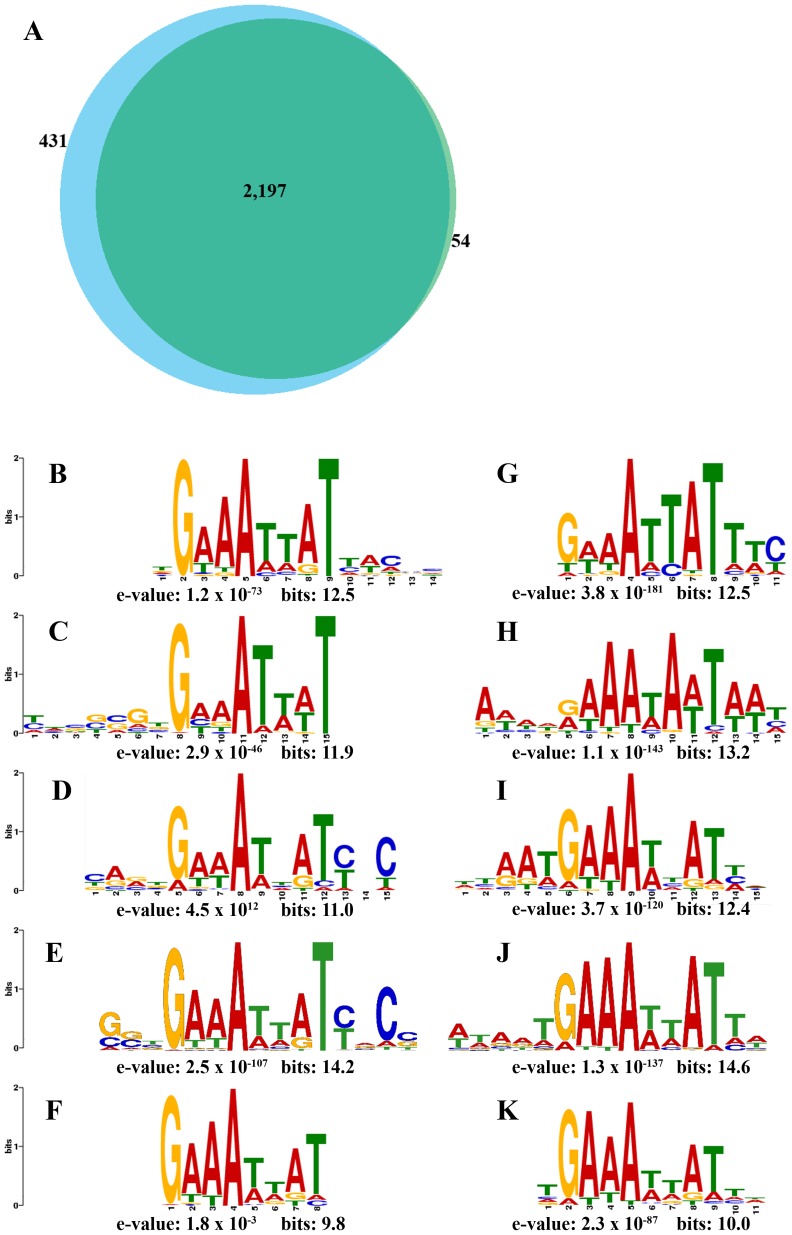Figure 2. TFAST identifies peaks with discoverable motifs from afSELEX-seq data.
TFAST and MACS were used to pick and evaluate peaks from our data set. (A) TFAST picked a total of 2,628 peaks, of which 2,197 covered 96% of the peaks identified by MACS in the final cycle of afSELEX-seq. Positional weight matrices generated in MEME instructed to search for a 15 bp motif using 200 sequences from (B) the 457 “Best” weight (most enriched) peaks, (C) the 888 next-best weight (second most enriched) peaks, (D) the 1,283 worst weight (least enriched) peaks, (E) all peaks called by TFAST pooled together and (F) 200 peaks called by MACS with the lowest false discovery rate (FDR). Sets of peaks from (B–F) were subjected again to analysis by MEME under the similar conditions but with the inclusion of a zero-order background Markov model to generate (G–K). E-value (the chance that a motif arose from a dataset by chance) and bit score (the total information content of a positional weight matrix) are shown below each logo.

